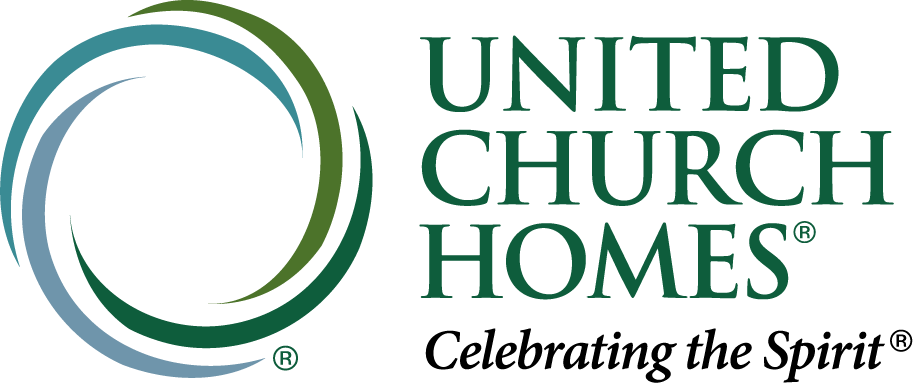Editor’s note: This article highlighting National Nutrition Month in March was written before the coronavirus pandemic came to the U.S. It’s important for older adults to focus on eating nutritious meals while physically isolating. We can all help the older adults in our lives access fresh, nutritious food during this time. Due to the coronavirus, United Church Homes has halted all communal dining, but we can’t wait to break bread together when it’s safe to do so again.
Are you getting the nutrition you need to stay active and independent as you age? That’s a concern for millions of Americans who want to spend less time and money at the doctor and more time doing what they love. Older people can be particularly vulnerable to malnutrition. The process of aging affects nutrient needs, and lifestyle contributes to many of the diseases common in older people. 
Dietary fat is associated with colon, pancreatic and prostate cancer. Increased blood pressure, blood lipids and glucose intolerance, all of which are affected by diet, play a role in coronary heart disease. Additionally, micronutrient deficiencies are often prevalent in older people due to reduced food intake and a lack of variety in the foods they eat.
Critical Vitamins for Older Adults
Older adults need more calcium and vitamin D to help maintain bone health, according to the Academy of Nutrition and Dietetics, which sponsors National Nutrition Month each March. To ensure you’re getting enough, consume three servings of calcium-rich food and beverage daily. This includes fortified cereal and fruit juice; dark green, leafy vegetables; canned fish with soft bones; and milk and fortified plant beverages. If you take a calcium supplement or multivitamin, choose one that contains vitamin D.
Many people older than 50 do not get enough vitamin B12. Sources of this necessary vitamin include fortified cereal, lean meat and some fish and seafood. Ask your doctor or a registered dietitian nutritionist if you need a vitamin B12 supplement.
Older adults should also eat plenty of fiber-rich foods for healthy bowel movements. Fiber can also lower your risk for heart disease and prevent Type 2 diabetes. Eat whole-grain bread and cereal as well as lima, pinto and kidney beans, peas, fruit and vegetables.
Increasing potassium and reducing sodium (salt) may lower your risk of high blood pressure. Fruit, vegetables and lima, pinto and kidney beans are good sources of potassium. Select and prepare foods with little or no added salt. To add flavor, use herbs and spices instead of salt.
Foods that are low in saturated fats and trans fats help reduce your risk of heart disease. Most of the fat you eat should be polyunsaturated and monounsaturated. You can find these in nuts, seeds, avocados, olive oil and fish.
Eating Right – Dietary Guidelines for Americans
Eating right doesn’t need to be difficult. Start with these recommendations from the Dietary Guidelines for Americans:
- Eat fruit and vegetables, whether fresh, frozen or canned. Eat more dark green vegetables, such as leafy greens and broccoli, and orange vegetables, such as carrots and sweet potatoes.
- Vary protein choices with more fish, beans and peas.
- Eat at least 3 ounces of whole-grain cereal, bread, crackers, rice or pasta every day. Choose whole grains whenever possible.
- Have three servings of low-fat or fat-free dairy (milk, yogurt or cheese) fortified with vitamin D daily to help keep your bones healthy.
Exercise: A Key to Healthy Aging
It’s important to balance a healthy diet with physical activity.
Set a goal to be active at least 30 minutes every day. You can break these into three 10-minute sessions throughout the day. If you’re currently inactive, start with a few minutes of activity, such as walking, and gradually increase this time as you become stronger.
Talk to a trusted healthcare provider before beginning a new physical activity program. Because both lean body mass and basal metabolic rate decline with age, an older person’s energy requirement per pound of body weight is also reduced.
UCH Dining Services: Where Quality and Nutrition Unite
At a United Church Homes senior living community, we offer nutritious and varied meals to ensure residents are getting the nutrients they need to stay active and healthy. With a la carte options and special diet accommodations, you or your loved one can leave the worry of meal planning to us, so you can enjoy your retirement and focus on your passions.
To find a United Church Homes senior living community near you, visit unitedchurchhomes.org/communities.
